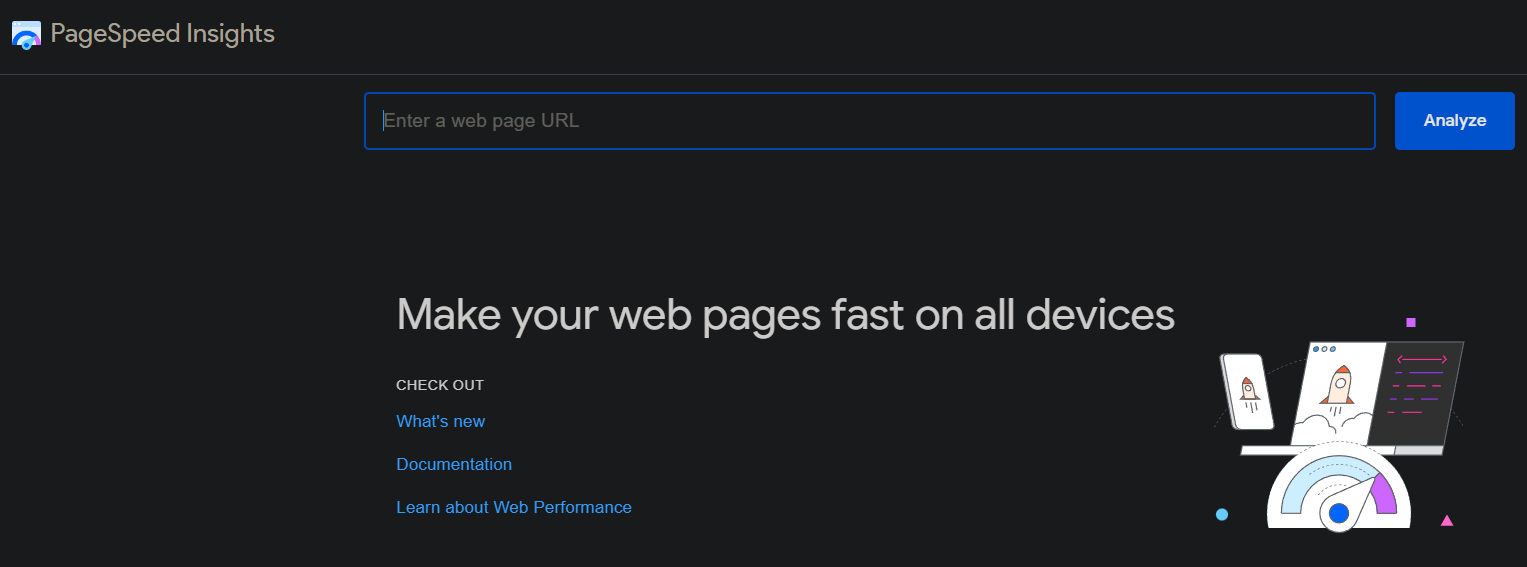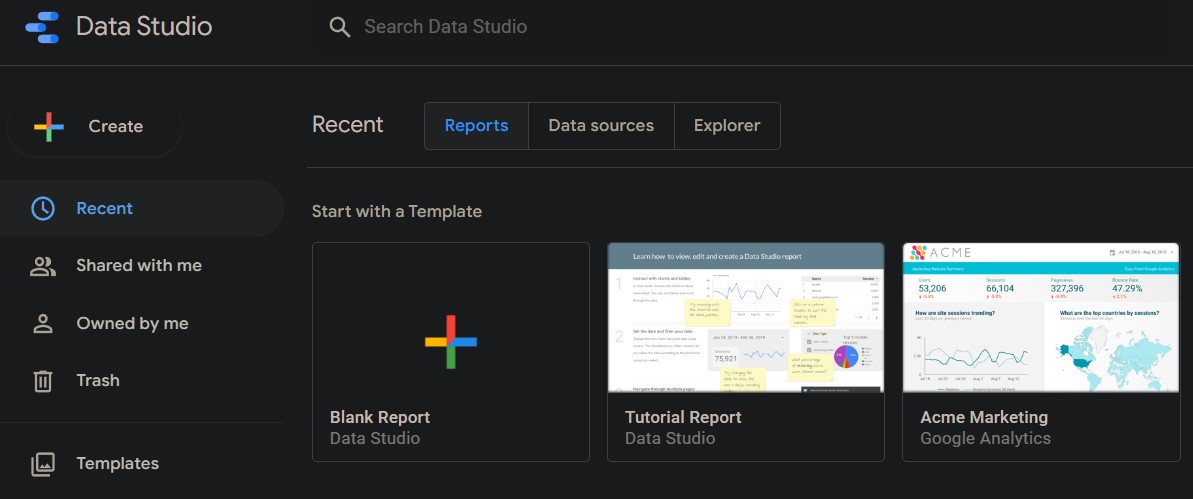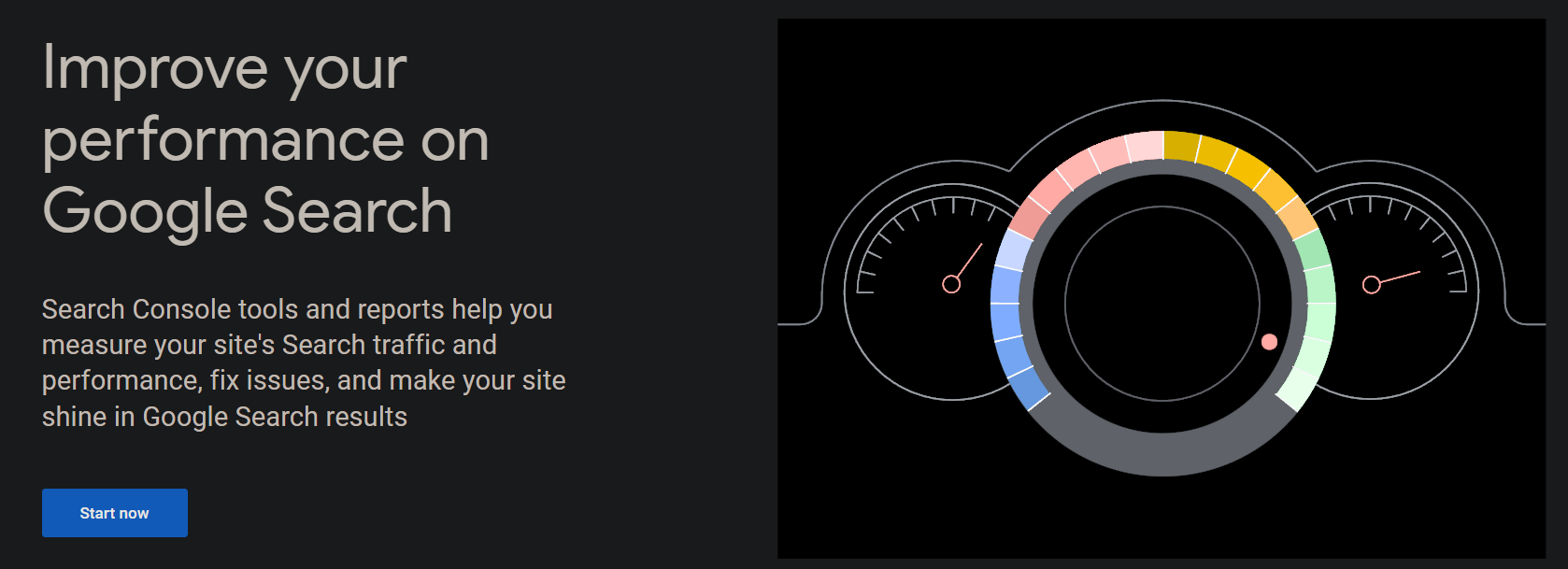
Google’s algorithm updates around 500 to 600 times each year, and that means that SEO best practices are constantly changing.
That’s one reason it is vital that you regularly monitor key SEO metrics to ensure that your website is properly optimized for ranking.
SEO metrics let you see what is working and what needs adjustment.
In fact, the ROI of SEO can be over 12x higher than other types of digital marketing if done right.
With that said, let’s jump into what SEO metrics are and how to measure them.
Keep scrolling to learn more!
What are SEO Metrics and Why It Matters
SEO metrics are bits of data points or indicators that you can keep track of and monitor over time.
These metrics help you measure performance, health, and the overall optimization of a website.
Whether you’re trying to keep track of your engagement or SERP authority, monitoring your SEO metrics can help you plan out a winning strategy for the future.
There are many different SEO metrics to keep track of, and just as many tools you can use to measure your success.
SEO metrics help you measure how effective your SEO efforts are and then make changes based on that data.
If you don’t regularly check on these key metrics, then you may fail to notice opportunities or setbacks.
For example, if you have been targeting an audience, and your target audience isn’t staying engaged with your content, then you may fail to notice your bounce rate increasing.
As a result, you may not be able to fix a problem on your page that is causing a higher bounce rate that would otherwise be resolved sooner.
With that said, let’s explore the top metrics you should track:
What are the Top SEO Metrics to Track?
SEO metrics are critical information points to create better strategies or improve existing methods.
But, how do you know which metrics to measure?
Some of the metrics you would benefit from tracking are:
- Engagement metrics
- Crawled pages
- Location
- Local visibility (if you have a brick-and-mortar location)
Content engagement metrics are important for business because they show you how your content strategy lines up with search intent.
Customer engagement is related to profitability, as engaged users are actually more likely to buy, become repeat customers, and refer your service to people they know.
The most relevant pages that are picked by search engine crawlers with the best content appear at the top of Google’s search results and 75% of website visitors never go beyond the first page of search results.
Website crawling is the main way search engines know what your web pages are all about. This allows them to connect to millions of search results at once.
Keeping track of your pages crawled lets you know if Google is indexing your content.
Additionally, here are the top SEO metrics you can track to measure your SEO efforts:
Organic traffic
The amount of organic traffic your website gets should be one of the main metrics you keep track of because this ranking factor can directly affect your SEO success.
In fact, organic search drives 53.3% of all website traffic.
What’s more, B2B companies generate 2x more revenue from organic search than any other channel.
Without any organic search traffic, there can be no SEO-based conversions or revenue. Basically, if you aren’t getting page views, you need to change what you’re doing.
Here are a few tips for increasing your organic traffic:
- Use long-tail keywords
- Research link building
- Consider guest posting
- Optimize your on-page SEO
- Create visual content such as video
- Promote your content on social media platforms
Organic conversion rates
Organic conversions are an important SEO metric because they help you understand if you’re gaining the right kind of traffic for your website.
If your traffic numbers are rather high, but your conversion rates are low, that is a sign that you’re not targeting the right people.
You’re attracting people who aren’t interested in the products or services you’re offering.
Here are some tips for boosting your organic conversions:
- Link your website’s blog articles to relevant products or services pages
- Create a “live chat” button on your website
- Encourage visitors to sign up for your newsletters
- Retarget some of your website’s organic traffic
Keyword rankings
Keeping track of keyword rankings is a vital SEO metric to track.
They help you benchmark your process and offer early signs that your SEO efforts are paying off.
Additionally, rankings provide an overview of your current organic market share as well as any keyword ranking opportunities that might have been overlooked.
Here is some actionable advice for keyword research:
- Know your audience
- Keep your business goals in mind
- Check out your competition
- Conceptualize your content
- Stay consistent
- Optimize your content and landing pages for your target keyword
Organic search visibility
The search visibility score is the percentage of clicks that are estimated based on your organic ranking positions across all of the keywords that you are currently tracking.
Search visibility is one of the first metrics you may notice on your campaign dashboard.
Here are some tips for better organic search visibility
- Use original, high-quality images
- Add social sharing buttons to help promote content
- Create a catchy headline
- Align the primary CTA above the fold
- Add visuals such as videos or infographics
CTR (click-through-rate)
The #1 Google organic search result has an average click-through rate (CTR) of 31.7%, and this result is 10x more likely to get a click compared to the tenth result.
Additionally, only 0.78% of Google search engine users clicked on something from the second page.
Moving up one position in Google’s search engine rankings increases CTR by 30.8%.
Domain authority
Domain authority is a search engine ranking score and a metric that should be kept track of. Originally developed by Moz, DA predicts how likely a website is to rank in search results.
DA scores can range from 1-100 with the higher scores corresponding to a higher chance of ranking.
Tips for a higher DA score:
- Optimize your title tags, image alt-tags, and content
- Produce high-quality content
- Include internal links to improve the searcher experience
- Run an audit to see what’s working and what isn’t
New backlinks and referring domains
Referring domains, which are often called linking domains, are external websites from which your web page gets one or more backlinks.
Backlinks and referring domains are fairly similar and both a part of your link-building strategy.
The number of backlinks is a good metric to track because as a business owner, you would want to see where any authoritative backlinks are coming from and what that means for your SEO efforts.
Additionally, you would want to know if any low-quality links are backlinking to your website.
By removing any spammy backlinks, you will also boost your domain authority.
Bounce rate
Bounce rate is a metric that measures the percentage of people who land on your website but do nothing on it.
For example, you searched, “how to put together an office chair.”
The first result seems like it would answer your question but it doesn’t, so you click the back button.
Many actions taken on your website such as this would be considered a high bounce rate.
Here is how to lower your bounce rate:
- Keep track of your page load time
- Make your website search friendly
- Make your website easy to navigate
- Focus on a clean website design
- Keep mobile-friendliness in mind
- Make website content easy to read
- Write in short paragraphs
- Use different types of content
Page speed and core web vitals
Core web vitals are three main metrics that score a user’s experience while loading a web page.
- Largest contentful paint: LCP is a page’s main content. Google states that this is a simple measurement that looks at the render time of the largest image or text block on a website link.
- Cumulative layout shift: CLS is content shifting when a page is scrolled through.
- First input delay: FID is the page load in a browser as a user clicks on a visual element on a landing page such as a button, an image, or a scroll bar, and that page is immediately ready to receive input.
LCP is an important metric to track because it can directly affect the load speed of a webpage. This can affect user experience, bounce rate, dwell time, and SEO performance.
Let me use an example here to help explain cumulative layout shifts.
Have you ever been scrolling through an article, and all of a sudden the content shifts randomly up or down?
The layout shifts each time something begins to load. That’s CLS and it’s something that should be monitored for a better user experience.
FID metrics score how quickly page content loads, how fast a browser can respond to a user’s request, or even how unstable content is as it loads.
This expectation is that you can click on something even if the page is still loading. Measuring this metric can help keep your users from leaving your website due to slow response times.
Additionally, Pagespeed Insights help you analyze the performance of your web page and show you how to boost its speed.
It reviews all three core web vitals on desktop and mobile browsers.

SEO Metric Tools
As I mentioned in the beginning, Google’s algorithm updates all of the time, and sometimes updates can help your rankings, but other times it can leave you feeling confused or even concerned.
The good news is that there are a ton of different SEO tools (both paid and free) out there to help you measure your technical SEO metrics so you can keep track of what’s working right now and what isn’t.
With that said, let’s jump into some great tools you can begin using right now:
HubSpot Website Grader

Website grader analysis is an awesome tracking tool that helps measure marketing effectiveness of a website.
It provides an inbound marketing score on a scale of 0-100.
It incorporates:
- Website organic traffic
- Helps you avoid crawl errors
- SEO
- Blogosphere
- Social Media
- Inbound marketing factors
It also can provide basic advice on how a website can be improved from a marketing SEO strategy standpoint and helps users understand how their website compares to any competition.
Google’s Data Studio

Google’s Data Studio can easily report on data from a huge variety of sources without any programming needed.
In just a couple of minutes, you can connect to databases including BigQuery or Google Marketing platform products including Google Ads, Analytics, Display & Video 360 and so much more!
Google Search Console

Google’s Search Console is a free service developed by Google that helps you monitor, maintain, and troubleshoot your website’s online presence in Google’s search engine results pages or SERPs.
You don’t have to sign up for Search Console to be included in search results, but Search Console does help you understand and improve the way Google views your website.
Google Analytics

Google Analytics includes features that can help users identify trends and patterns regarding who visits their website.
With Google Analytics, you can enable data collection, reporting, and other integration with other platforms such as WordPress.
Google Analytics is one of the best tools out there for monitoring and analyzing traffic on your website.
It gives you a huge amount of data about your target audience, what they are looking for, and how they’re finding their website.
Here is some advice for using Google Analytics:
- Use segments
- Track search queries on a particular page
- Remove your IP address
- Monitor web page speeds
- Get emailed versions of your reports
- Use annotations
- Create business goals
- Optimize visitor insights
- Compare historical traffic
Google Trends

Google trends is a tool developed by Google that explores trending topics on Google search.
You can use this tool to discover what your target audience is searching for online and then analyze the information to gain a better understanding of your customers.
You can then create a specific page or piece of content to bring in more of what your audience wants to see.
Google trends is also a great tool for content marketing.
Here are a few tips for using Google Trends:
- Understand keyword search volume
- Identify seasonal trends (these topics are only being searched for an average time or time frame of 90 days)
- Avoid temporarily popular topics
- Find trending relevant subjects
- Use trend predictions
Let’s Wrap It Up!
SEO metrics are vital tools for ranking, traffic, and so much more.
If you can’t fully measure your SEO efforts, then you won’t be able to see what is and isn’t working.
If you’re ready to succeed but aren’t sure where to start, contact us today!
